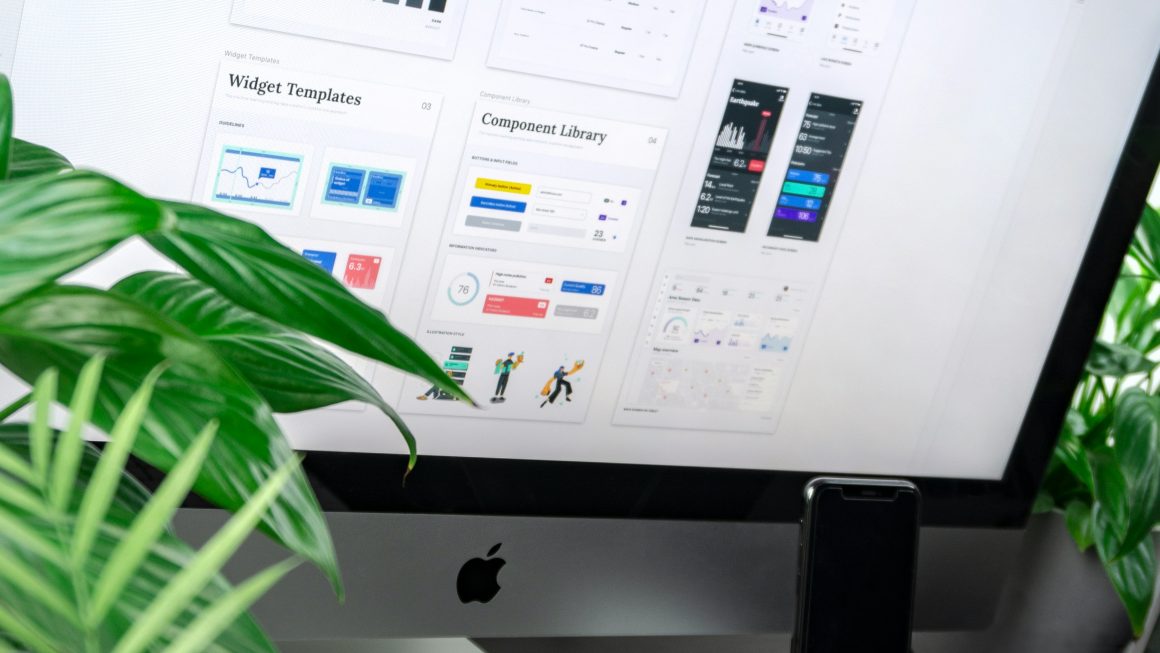Business today looks much different than it did up to this point. Today’s business is very mobile. You may have employees who you give mobile phones or other devices who use them in the field.
Due to the expense of mobile devices, you need to make sure you have some method to track remote IT devices. It is essential to keep a good inventory and put in place a management system to ensure you protect your assets.
Reasons for It Asset Management
When it comes to tracking and managing IT assets, it is one area where most businesses drop the ball. It is not easy and requires quite a bit of work to upkeep records, so many companies push it to the side and put it on the list of things to do later. However, if there is a problem or something happens that requires knowing your assets, IT asset management can be a lifesaver.
At the heart of managing your IT assets is keeping your company secure. If you lose track of assets or you have no real idea what you have, it can be a security nightmare. Proper management will allow you to know what you have and where it so that in the event of a security issue, you can handle things efficiently and effectively.
An Effective IT Asset Management System
When putting together an effective IT asset management system, you need to be able to define what assets you have, the usage of each and their locations, according to Forbes.
To begin creating your system, you will need to come up with a list of every device you have. It may help to break that down into two categories: hardware and software. This can make it seem like a more manageable task. Also, keep in mind that once you have this initial system in place, it will be much easier to keep it current and up-to-date.
Ownership may also be slightly confusing, especially if you have employees using their own devices. Because of this, you also need to narrow your lists to those your business owns. This might include only software for certain devices, but you will also need the device information for IT management needs. Just note that you do not own the device, just the software.
Gather information on each asset. You want to create an informative file for each asset that will make it easy for your IT team to manage the assets. This might include the brand, type of device, IP address and what software it runs.
Knowing this information will allow you to quickly and easily define which assets may be at risk for threats and what devices require updates, and it allows you to move efficiently at deploying solutions to protect your business.
Put Everyone to Work
When you first begin creating your asset management system, you can get everyone involved. It does not have to be an IT department job only. In fact, you will need the help of all employees. This can speed up the process and make it much easier to ensure every asset makes it on the list.
Create a spreadsheet where everyone can enter their asset information. Have each employee enter the information for his or her own devices. The IT team can then focus on gathering information about shared assets or those assets the employees do not necessarily use.
Keep It Updated
Once you have your asset management system in place, you need to develop a way to keep it updated. Unless you want to go through the creation process all over again, you need to figure out how to stay on top of changes with your assets. Make sure you have a reporting system if an employee gets a new device, for example. It should be a regular part of the IT duties to update and manage the IT asset management system.
The Right System
Once you get your asset management system in place, you will see how beneficial it is for your company. If you have a security issue or something else happens where you need to know what assets you have, you can go into the system and easily take care of business. It not only benefits you but your employees and your customers.




